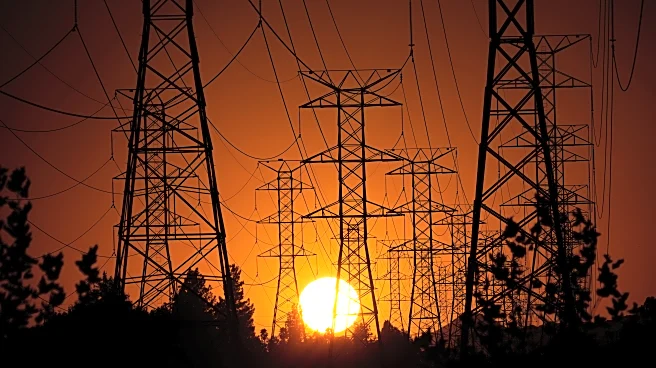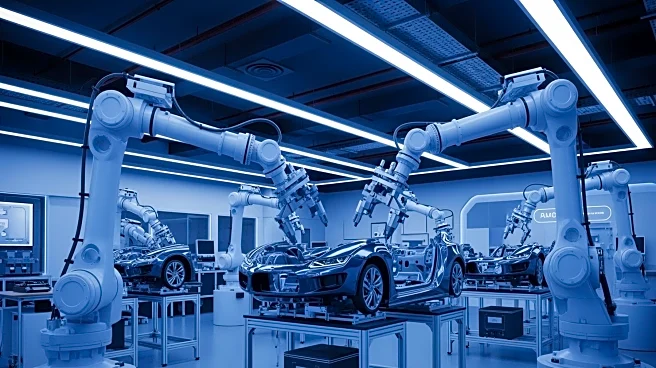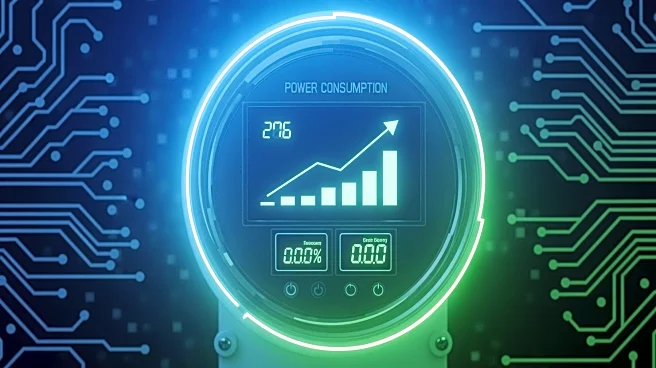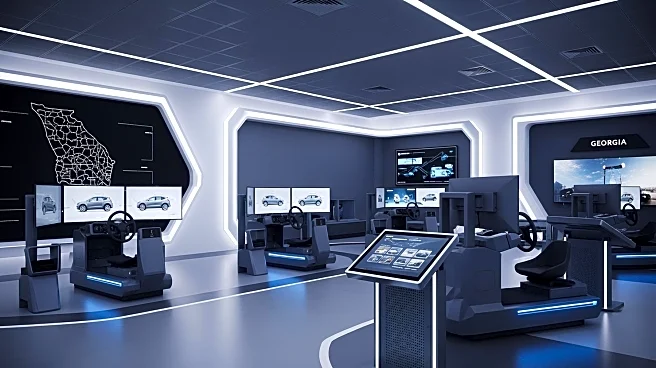What's Happening?
A recent report by Power Wizard has analyzed the cost implications of using LED versus incandescent bulbs for Christmas decorations in Georgia. The study, based on 2025 electricity rates, calculated the expenses
for lighting displays that remain on for seven hours daily over a 34-day period. The findings reveal significant cost differences: typical decorations cost approximately $3.49 with LED lights compared to $23.59 with incandescent bulbs. For heavy decorations, the cost is about $33.51 with LEDs versus $252.60 with incandescent bulbs. Enthusiastic decorators could spend $87.94 with LEDs, while incandescent bulbs could lead to a hefty $681.07 bill. The report underscores the energy efficiency of LEDs, which use considerably less power, allowing for large, colorful displays without drastically increasing utility bills.
Why It's Important?
The report's findings are crucial for Georgians looking to manage their holiday expenses, particularly in light of rising electricity costs. By switching to LED lights, households can significantly reduce their energy consumption and save money during the festive season. This shift not only benefits individual consumers but also contributes to broader energy conservation efforts. As electricity rates continue to fluctuate, adopting energy-efficient technologies like LEDs can help mitigate financial stress for families. The report serves as a reminder of the economic and environmental advantages of energy-efficient lighting solutions.
What's Next?
As the holiday season approaches, Georgians may consider transitioning to LED lights to capitalize on the cost savings highlighted in the report. Retailers and manufacturers might see increased demand for LED products, prompting potential price adjustments or promotional offers. Additionally, utility companies could encourage energy-efficient practices through incentives or educational campaigns. The broader adoption of LEDs could also influence future residential energy policies, emphasizing sustainability and cost-effectiveness.
Beyond the Headlines
The shift towards LED lighting reflects a growing awareness of sustainable practices among consumers. This trend may inspire further innovations in energy-efficient technologies, impacting industries beyond residential lighting. As more households embrace eco-friendly solutions, there could be a cultural shift towards prioritizing environmental responsibility during holiday celebrations. This change might also influence public policy, encouraging investments in renewable energy and sustainable infrastructure.












